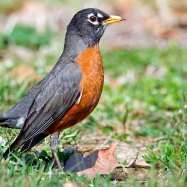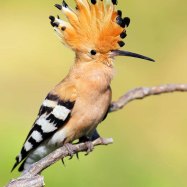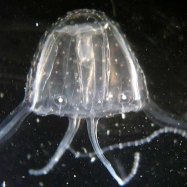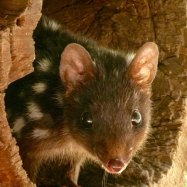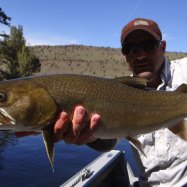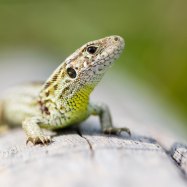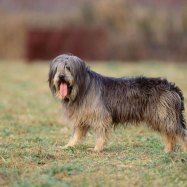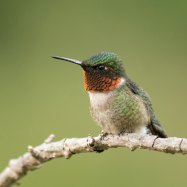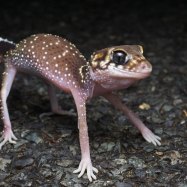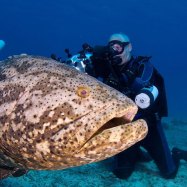
Texas Heeler
18-23 inches
The Texas Heeler is a popular dog breed in Texas known for its intelligence, agility, and loyalty. They are medium-sized and muscular, with a length of 18-23 inches. They belong to the Canidae family and make great family pets. Their origin can be traced back to the state of Texas, hence the name. #TexasHeeler #dogbreed #Texas #loyalcompanion
Animal Details Summary:
Common Name: Texas Heeler
Kingdom: Animalia
Habitat: Varied, but often found on farms and ranches
The Texas Heeler: A Unique Canine with Texas Roots
The Lone Star State of Texas is known for its cowboys, sprawling ranches, and southern charm. But tucked away in this rugged landscape lies a unique and lesser-known breed of canine – the Texas Heeler. With a mix of intelligence, athleticism, and a knack for herding, this dog is quickly gaining popularity among farmers and ranchers not just in Texas but also across the United States.A Blend of the Wild and Domestic
The Texas Heeler is a hybrid breed, resulting from the crossbreeding between the Australian Cattle Dog (Canis lupus familiaris) and the Australian Shepherd (Canis lupus) – both originally bred for their herding abilities Texas Heeler. This mix has given the Texas Heeler the best of both worlds – the athleticism and intelligence of the Australian Cattle Dog and the herding instincts of the Australian Shepherd.While not officially recognized as a pure breed by the American Kennel Club (AKC), the Texas Heeler is gaining recognition and is listed under various hybrid and designer breed registries.
Evolution of the Texas Heeler
The exact origins of the Texas Heeler are a bit mysterious, as most mixed breeds are. However, it is believed that the crossbreeding of the Australian Cattle Dog and the Australian Shepherd became popular in the late 1970s, specifically in the state of Texas. This is due to the high demand for working dogs on ranches and farms in the area.The Texas Heeler was primarily bred for its herding abilities and endurance, making it an ideal companion for farmers and ranchers in the rugged terrain of Texas. Its intelligence, loyalty, and easy trainability made it a valuable asset on the field.
Appearance and Physical Traits
The Texas Heeler is a medium-sized dog with a strong and muscular body. Its body shape is similar to that of the Australian Cattle Dog, with a broad chest, deep ribs, and a strong neck Taco Terrier. The breed's average height ranges from 18-23 inches and can weigh anywhere between 25-50 pounds.One of the most striking features of the Texas Heeler is its varied coloration. While the base coat color is often a mix of black, white, and brown, this breed can come in a variety of patterns and shades. The most common coat patterns are blue, red, and merle, with white markings on the chest and paws.
Habitat and Geographic Distribution
As its name suggests, the Texas Heeler originated in the state of Texas, USA. However, due to its popularity, this breed can now be found across the United States, with pockets of breeders in other countries as well.The Texas Heeler is a versatile breed that can adapt to various habitats, but it thrives best on farms and ranches. Its herding instincts make it an ideal working dog, and its endurance and athleticism allow it to handle long days of demanding work.
Feeding and Diet
The Texas Heeler, like most hybrid breeds, is an omnivore – meaning it can consume a variety of proteins, vegetables, and grains. A balanced and nutritious diet is crucial for this breed, as they are highly active and require a substantial amount of energy to fuel their work and play.A diet rich in lean proteins, such as chicken, fish, and lamb, is recommended for the Texas Heeler. Some breeders also suggest adding fresh fruits and vegetables to their diet to provide additional vitamins and nutrients.
Temperament and Personality
The Texas Heeler is a highly intelligent and loyal breed, known for its strong work ethic and eagerness to please its owner. Its herding instincts make it an excellent companion for farmers and ranchers, but it also makes for a loving and protective family dog.This breed is highly energetic and requires daily exercise and mental stimulation to remain happy and healthy. It does well in large open spaces where it can run and play, making it a perfect fit for ranch life.
Training and Care
The Texas Heeler is a breed that requires early socialization and training. While these dogs are intelligent and easy to train, they can also have a stubborn streak, so positive reinforcement with consistency and patience is key.This breed does well with owners who can provide them with a sense of structure and leadership. Without proper training and socialization, the Texas Heeler can become destructive and exhibit behavioral issues such as excessive barking or aggression.
Their short and smooth coat is low maintenance and only requires regular brushing to keep it looking healthy and shiny. However, this breed is known to shed, so weekly grooming is necessary to keep the shedding under control.
Health and Lifespan
The Texas Heeler is generally a healthy breed, with a lifespan of 12-15 years. However, like all breeds, they are susceptible to certain health issues such as hip dysplasia, eye problems, and deafness.Before getting a Texas Heeler, it is essential to do thorough research on reputable breeders and ensure that the pup's parents have been health tested. Regular veterinarian check-ups and a healthy diet can also help prevent any potential health issues.
In Conclusion
The Texas Heeler may not have the same popularity as other pure breeds, but its unique blend of intelligence, athleticism, and herding abilities make it a one-of-a-kind canine companion. With its roots firmly planted in the state of Texas, this dog is quickly gaining recognition and proving to be an excellent working and family dog across the United States.If you are considering adding a Texas Heeler to your family, be prepared for an energetic, loyal, and loving companion who will keep you on your toes and make your heart full. With proper training, care, and love, the Texas Heeler will undoubtedly become an indispensable and beloved member of your family.

Texas Heeler
Animal Details Texas Heeler - Scientific Name: Canis lupus familiaris x Canis lupus
- Category: Animals T
- Scientific Name: Canis lupus familiaris x Canis lupus
- Common Name: Texas Heeler
- Kingdom: Animalia
- Phylum: Chordata
- Class: Mammalia
- Order: Carnivora
- Family: Canidae
- Habitat: Varied, but often found on farms and ranches
- Feeding Method: Omnivorous
- Geographical Distribution: Primarily in Texas, USA
- Country of Origin: United States
- Location: Texas
- Animal Coloration: Varied, often a mix of black, white, and brown
- Body Shape: Medium-sized, muscular
- Length: 18-23 inches

Texas Heeler
- Adult Size: Medium
- Average Lifespan: 10-15 years
- Reproduction: Sexual
- Reproductive Behavior: Mating occurs during certain times of the year
- Sound or Call: Varied, including barking and howling
- Migration Pattern: Non-migratory
- Social Groups: Can be solitary or form packs
- Behavior: Intelligent, active, and alert
- Threats: Varies, but can include predation, accidents, and diseases
- Conservation Status: Not evaluated
- Impact on Ecosystem: Varied, but may help control populations of small mammals
- Human Use: Herding livestock, companion animal
- Distinctive Features: Mix of Australian Cattle Dog and Australian Shepherd traits
- Interesting Facts: Texas Heelers are known for their herding abilities and high energy levels
- Predator: Varies, but can include larger carnivores
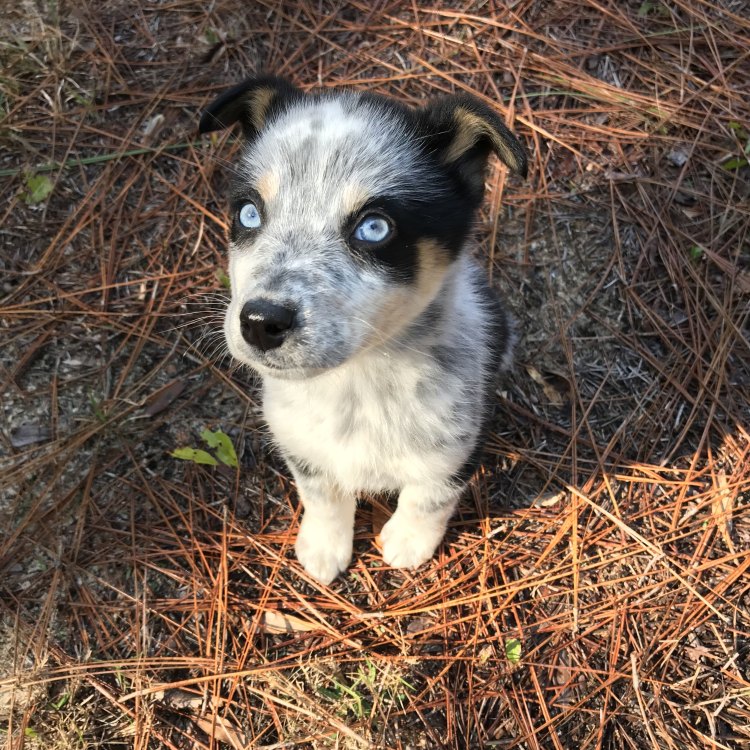
Canis lupus familiaris x Canis lupus
Texas Heeler: The Energetic and Versatile Farm Dog
If you're a fan of working and herding dogs, then you may have heard of the Texas Heeler. This unique and dynamic breed is a mix of the Australian Cattle Dog and the Australian Shepherd, resulting in a dog with boundless energy, intelligence, and a strong desire to work. But what exactly sets the Texas Heeler apart from other breeds? Let's take a closer look at this fascinating canine.The Basics
The Texas Heeler is considered a medium-sized dog, with an average height of 17-22 inches and a weight of 35-50 pounds PeaceOfAnimals.Com. They have a lifespan of 10-15 years, making them a long-term commitment for any potential owner. They are a sexual reproduction breed, meaning they require a male and female for successful mating. However, this breeding behavior is limited to certain times of the year, and planning is necessary for responsible breeding.Behavior and Social Groups
Texas Heelers are highly intelligent and active dogs, with a strong instinct for work and herding. This makes them a perfect fit for active families and farms. They are also known for being highly alert, making them excellent watchdogs. Due to their herding nature, they may not do well in houses with small children, as they may try to herd them. However, with proper training and socialization, they can be friendly and loving companions.Texas Heelers can display solitary behavior, but they also have a natural tendency to form packs with other animals, including other dogs and livestock Timor Python. This means they can do well in households with other pets, as long as proper introductions and training are conducted.
Threats and Conservation Status
As with any breed, Texas Heelers are prone to certain threats, including predation, accidents, and diseases. However, their strong and athletic nature makes them well-suited to handle most physical challenges. They also have not yet been evaluated for conservation status, as they are not considered a threatened species.In terms of their impact on the ecosystem, Texas Heelers can have a positive effect by helping to control populations of small mammals. Their natural herding instincts can be utilized to assist in farming and livestock management, making them an asset to the environment and human use.
Human Use and Distinctive Features
Although they are commonly used for herding livestock, Texas Heelers also make excellent companion animals. Their loyalty and protective nature make them great family dogs, and their high energy levels require lots of activity and exercise, making them a perfect fit for active individuals or families.One of the most distinctive features of the Texas Heeler is their mix of traits from the Australian Cattle Dog and Australian Shepherd. This mix results in a dog with a unique coat pattern, ranging from blue merle, red merle, black, and red. They can have one or both blue and brown eyes, making each Texas Heeler truly one of a kind.
Interesting Facts about Texas Heelers
Aside from their impressive herding abilities, Texas Heelers have a few other interesting characteristics. For one, they are known for their varied sounds and calls, which can range from barking and howling to whining and yodeling. This may be due to their strong vocal cords, perfectly suited for herding.They also have a non-migratory migration pattern, meaning they do not have a set pattern for moving from one place to another. This could be attributed to their adaptable and versatile nature, making them well-suited for any living situation.
Predators
As mentioned before, Texas Heelers are not yet considered a threatened species and have a strong and athletic build that helps protect them from predators. However, larger carnivores such as wolves, coyotes, and bobcats may pose a threat to these dogs if they are not properly supervised or trained.Is a Texas Heeler Right for You?
While the Texas Heeler is a versatile and energetic breed, they are not for everyone. Their high energy levels require daily exercise and mental stimulation, and their herding instincts must be properly managed. If you have the time and resources to devote to this hardworking and intelligent breed, then a Texas Heeler could make a wonderful addition to your home and farm.In conclusion, the Texas Heeler may be relatively new to the dog world, but they have already made a significant impact thanks to their herding abilities and unique traits. With their adaptable nature and strong desire to work, these dogs have proven to be valuable companions for both humans and the ecosystem. So next time you see a Texas Heeler, remember their impressive mix of Australian Cattle Dog and Australian Shepherd traits, and their important role in our world as a versatile and dynamic breed.

The Texas Heeler: A Unique Canine with Texas Roots
Disclaimer: The content provided is for informational purposes only. We cannot guarantee the accuracy of the information on this page 100%. All information provided here may change without prior notice.

